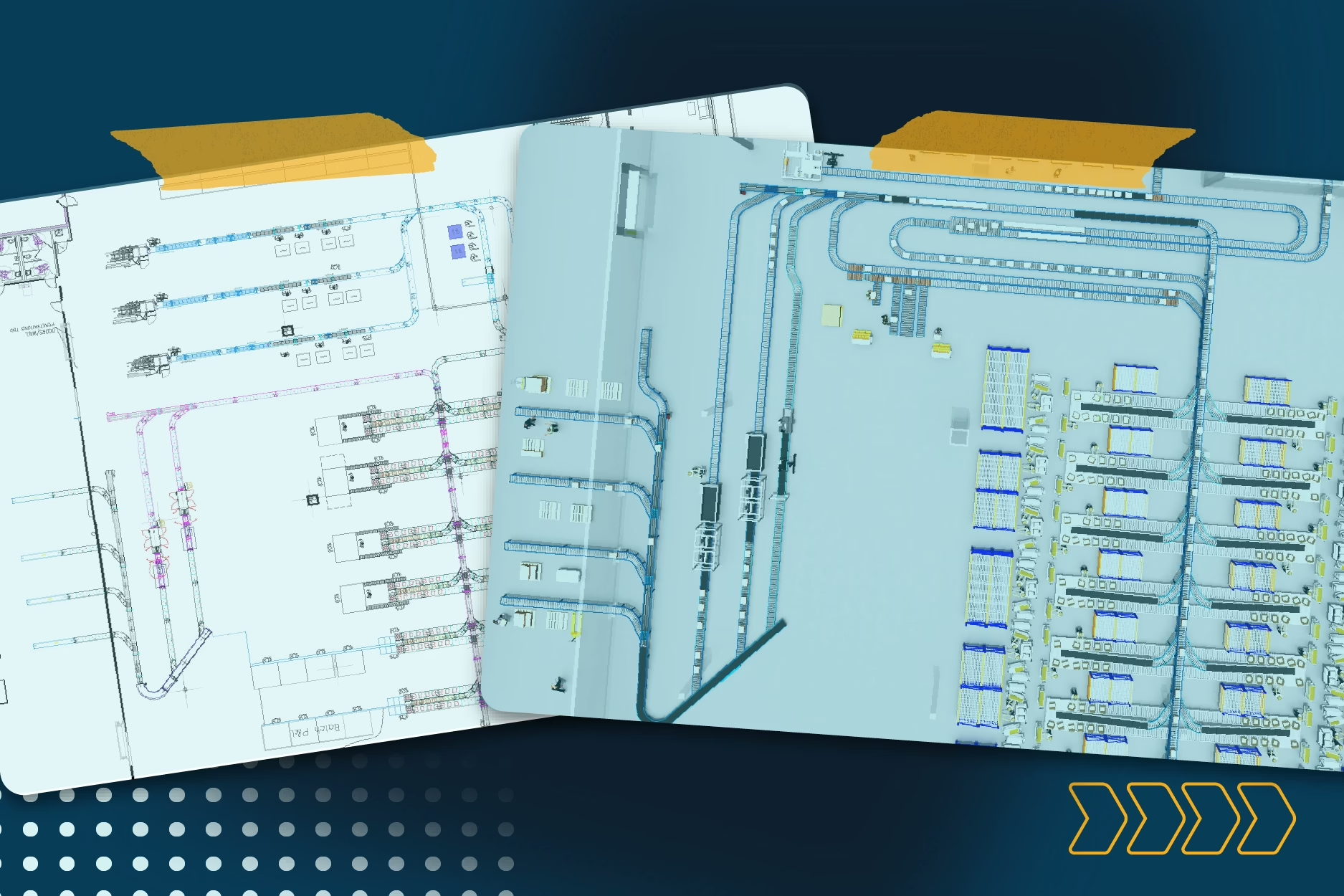Articles
-
Best Practices
Why the Best Material Handling Solutions Begin with the Right Questions
In today’s high-pressure fulfillment world, it’s tempting to “just get a quote” and keep things moving. But when it comes to automation, fast answers often lead to costly mistakes. This article breaks down why thorough application engineering—from asking the right questions to understanding your unique operational flow—is essential for a system that delivers real, long-term…
Explore Insights, Tools, and Answers
Stay informed with the latest in shipping automation and logistics. From expert articles and upcoming events to product videos and helpful FAQs, our resource center is here to support your operations and keep you ahead of the curve.
-
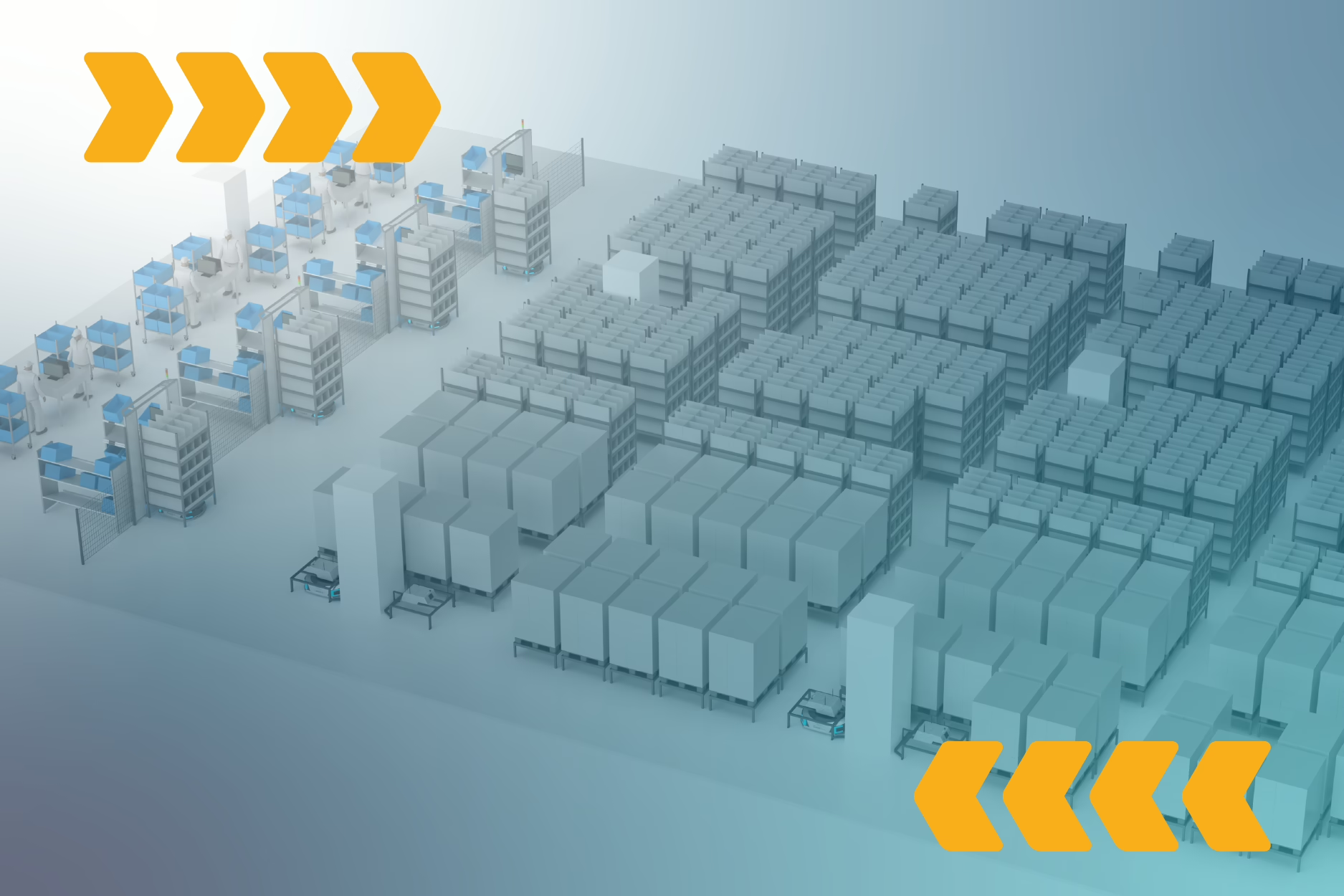 Goods To Person Robots
Goods To Person RobotsHow to know if you are right for Goods to Person and what are those qualifiers?
-
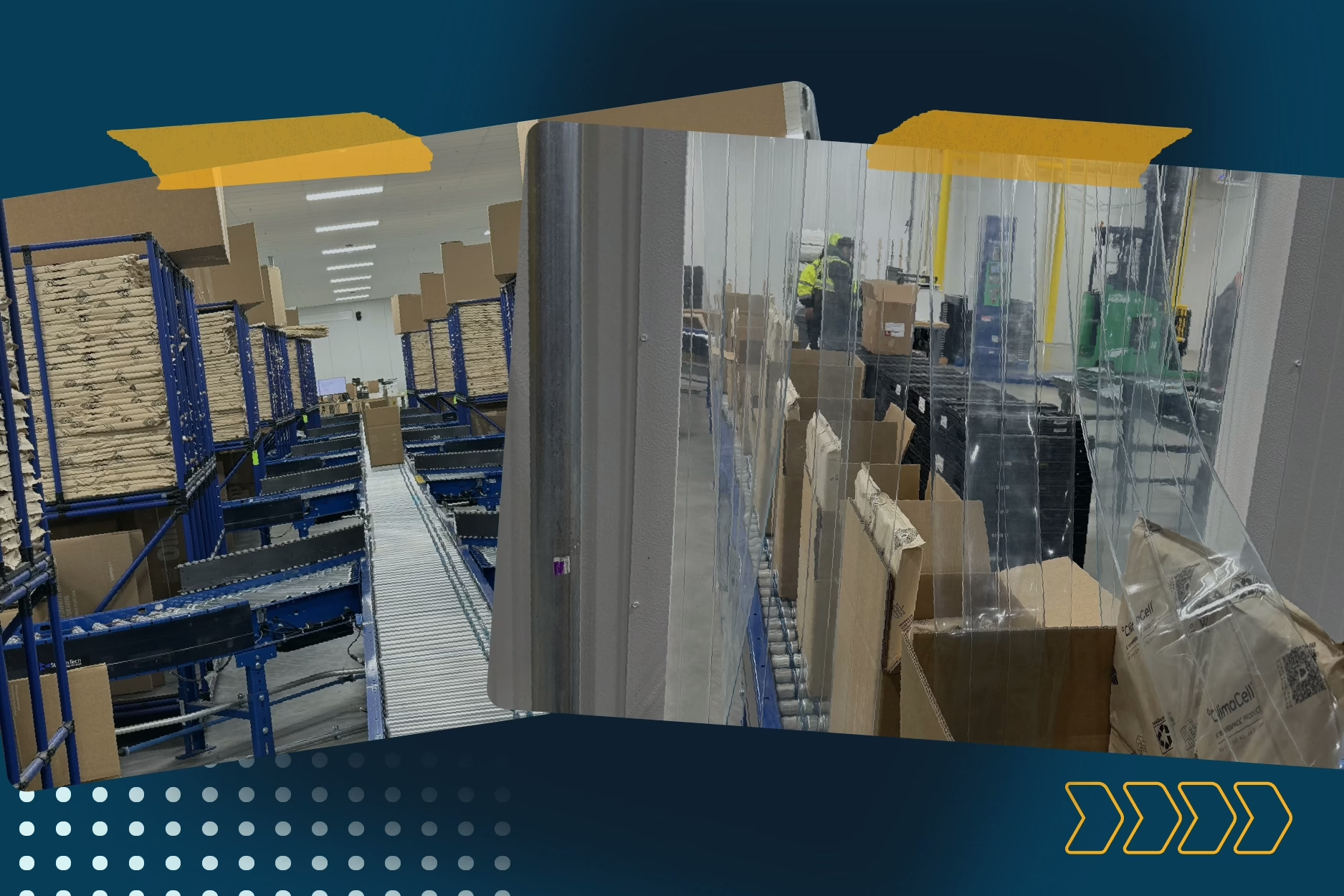 Industry
IndustryCold Chain Logistics: Automating for Freshness, Consistency and Scale
-
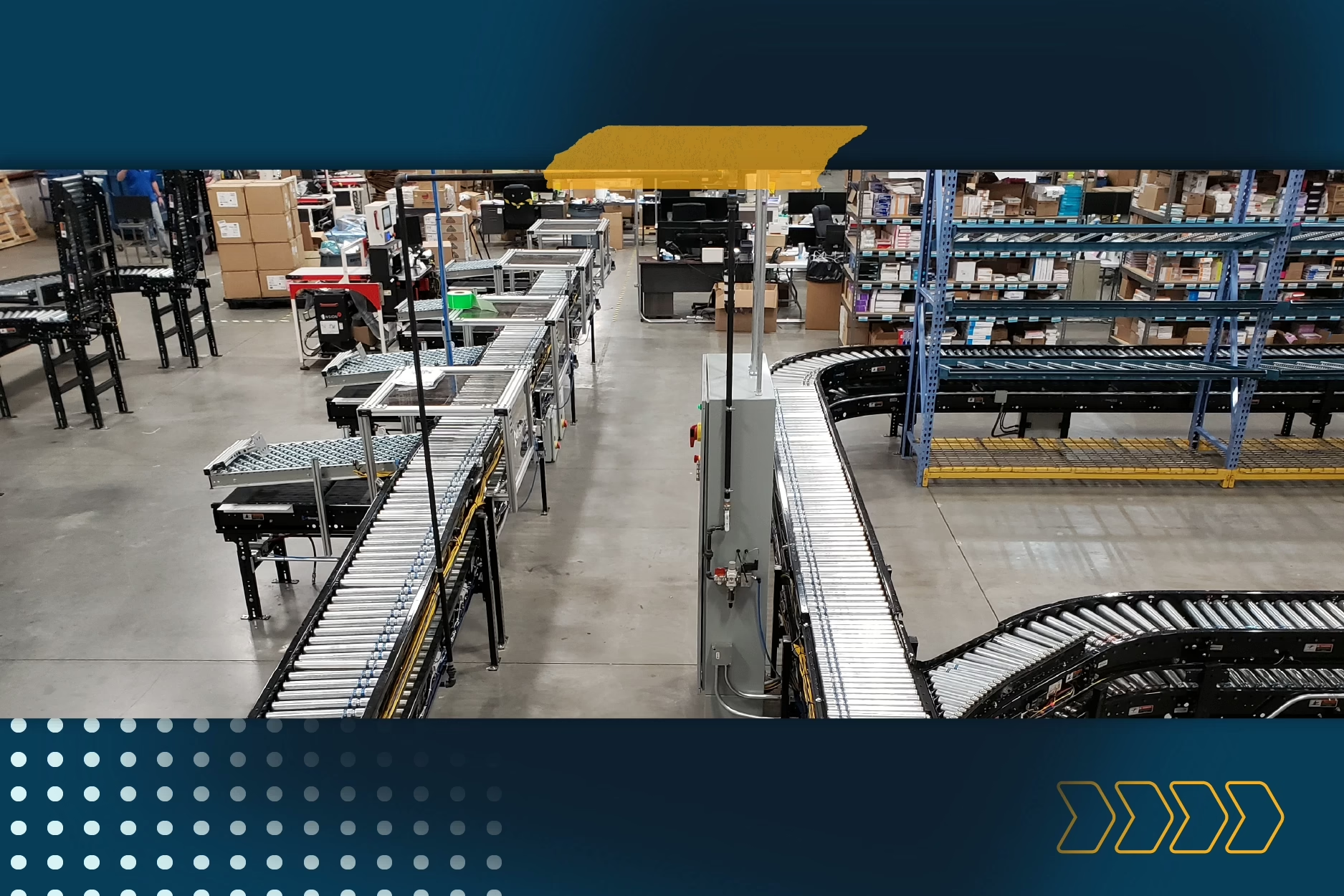 Education
EducationScale Smarter: The Business Case for Warehouse Automation, and First Steps
-
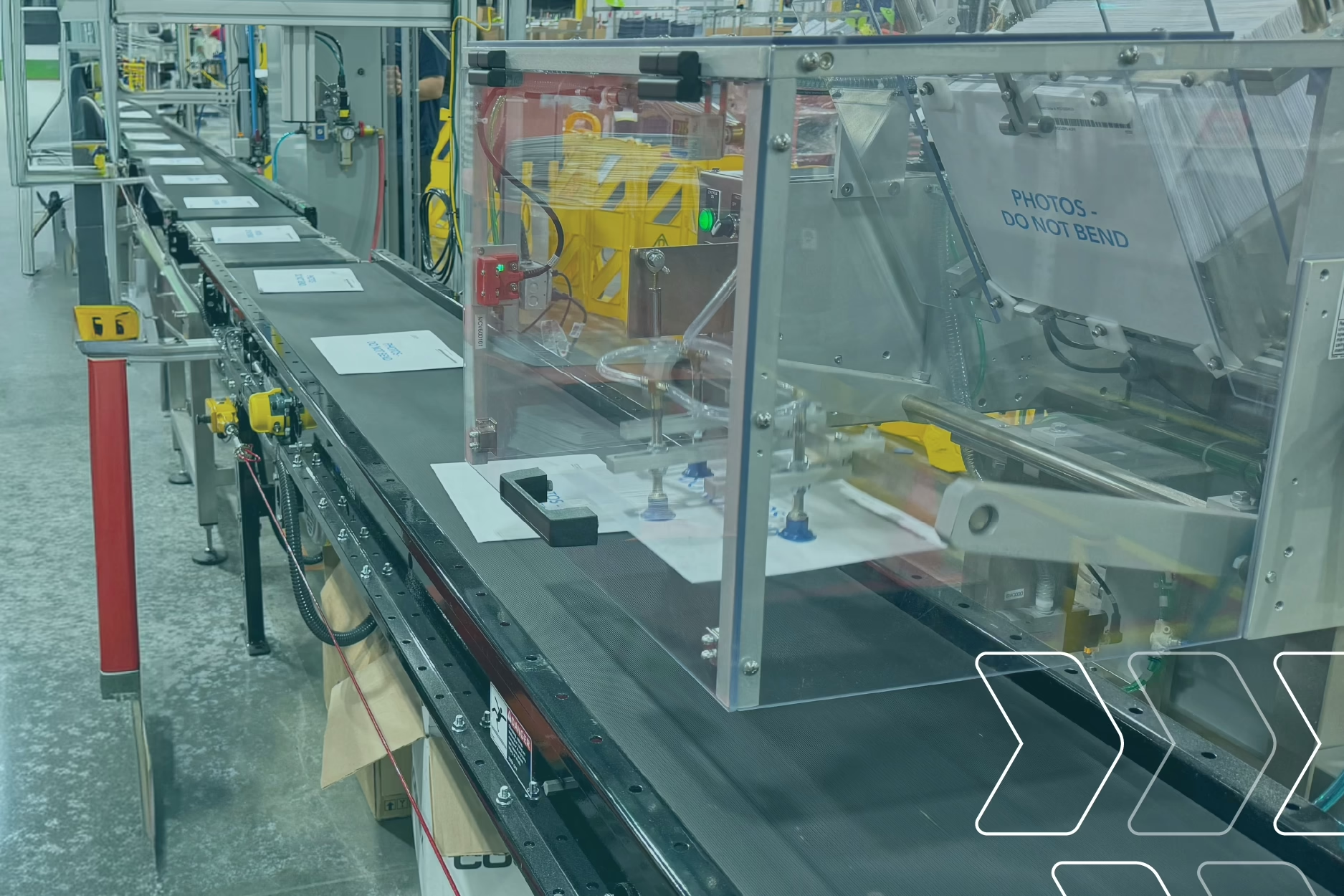 Industry
IndustryPrint On-Demand Fulfillment: Solving Challenges for Flats, Canvases, and Other Custom Printed Goods
-
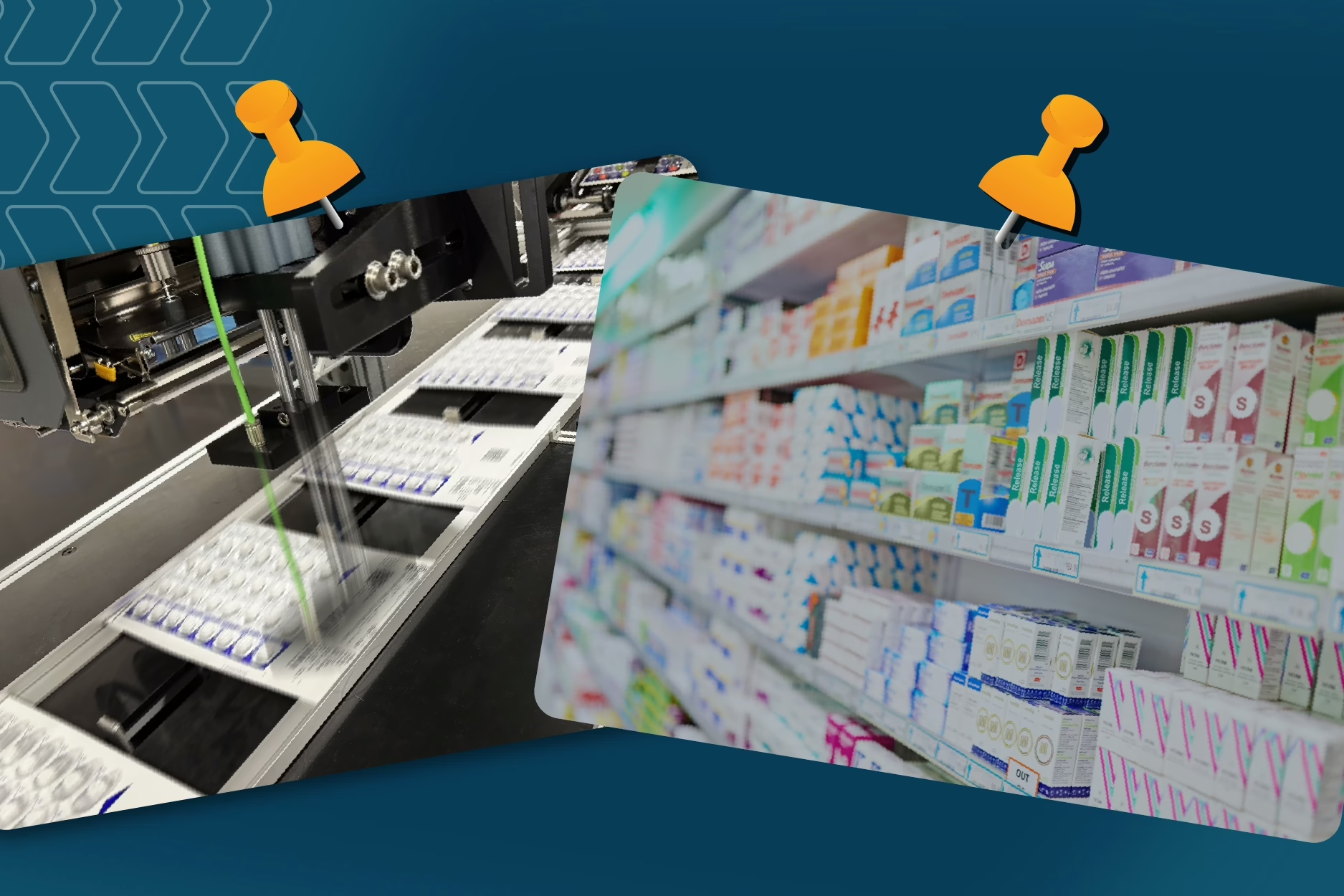 Industry
IndustryA Prescription for Precision: How to Develop Dependable Warehouse Fulfillment in Healthcare
-
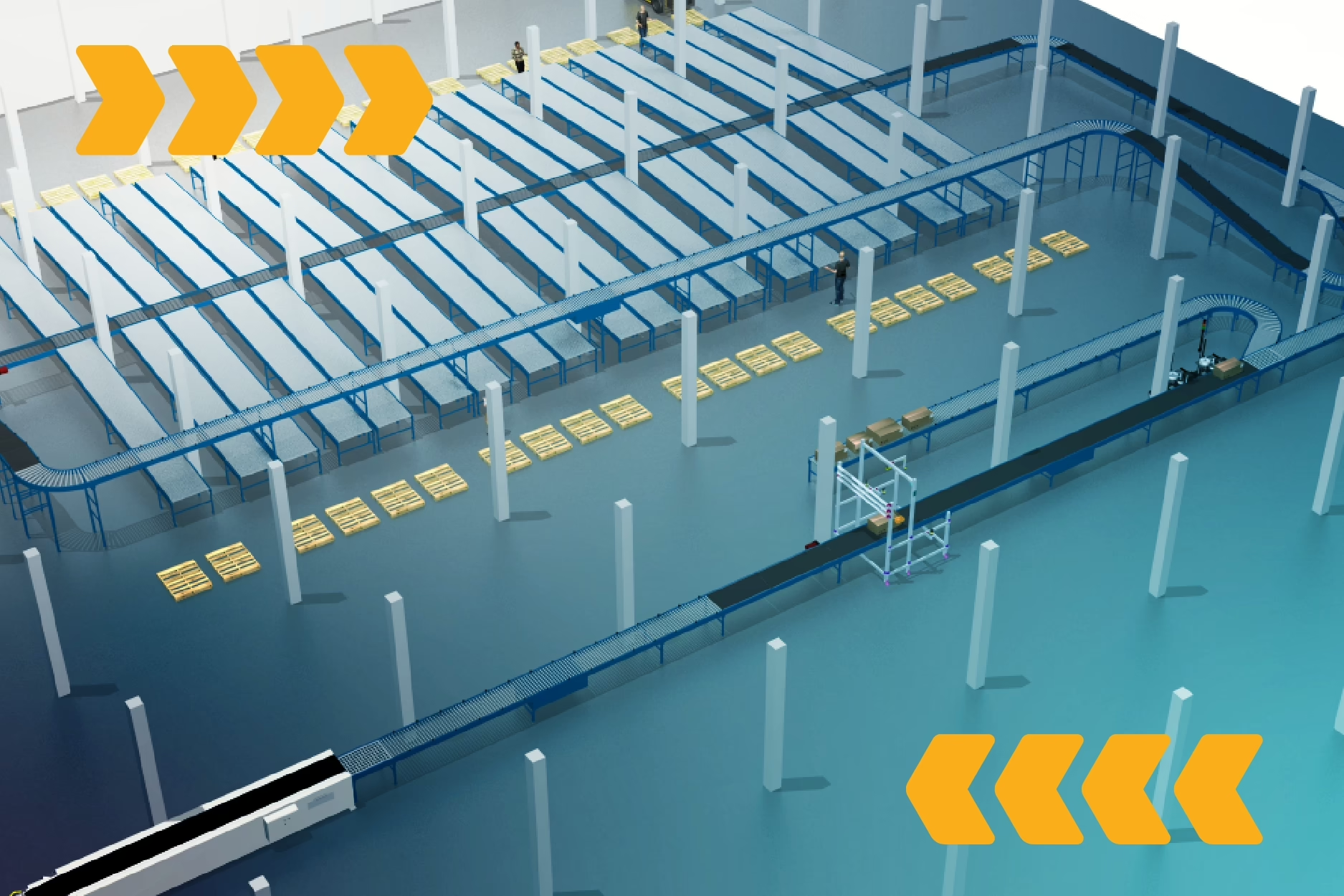 Education
EducationInbound Receiving Systems vs Outbound Shipping
-
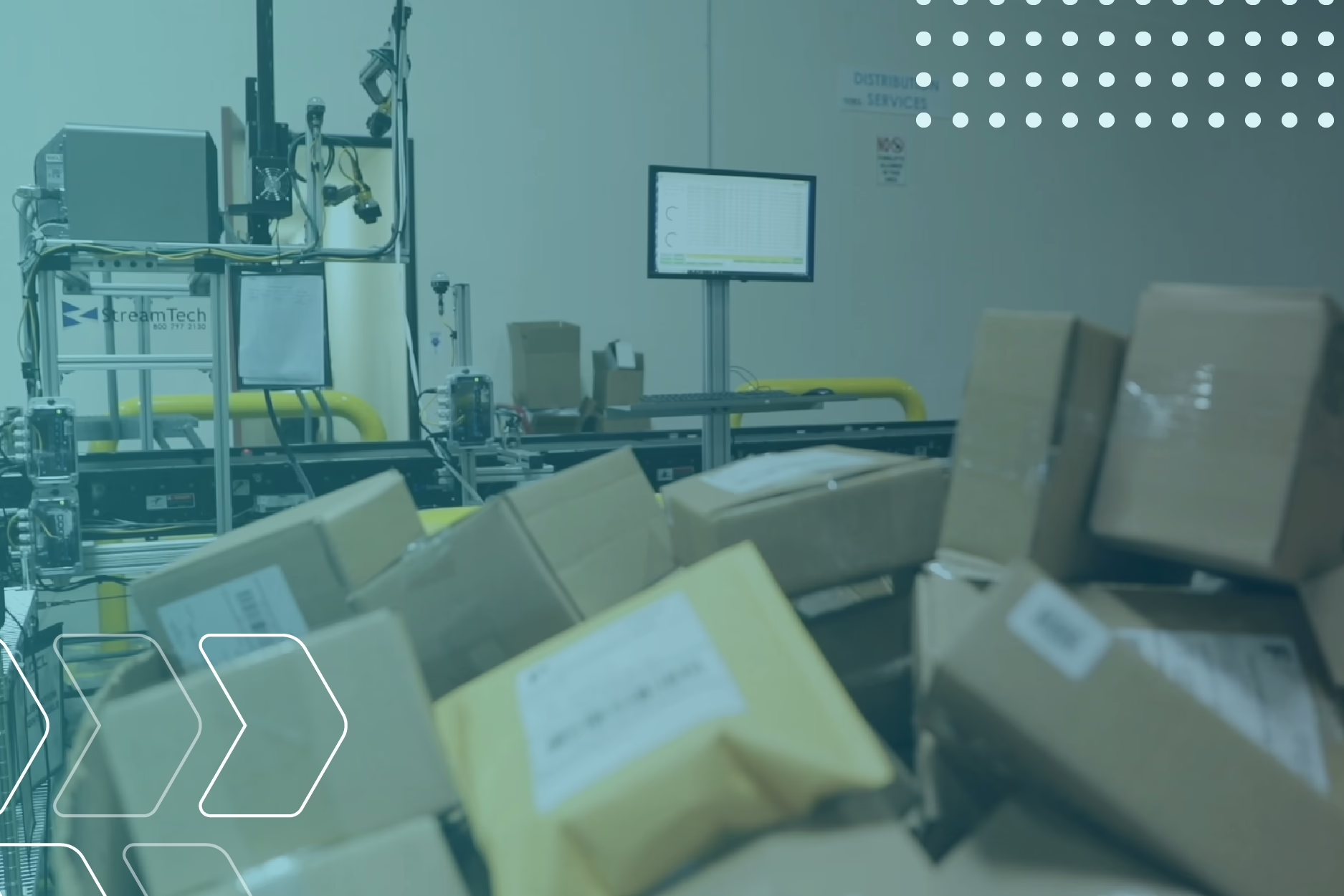 Industry
IndustryCommon Pain Points for 3PLs
-
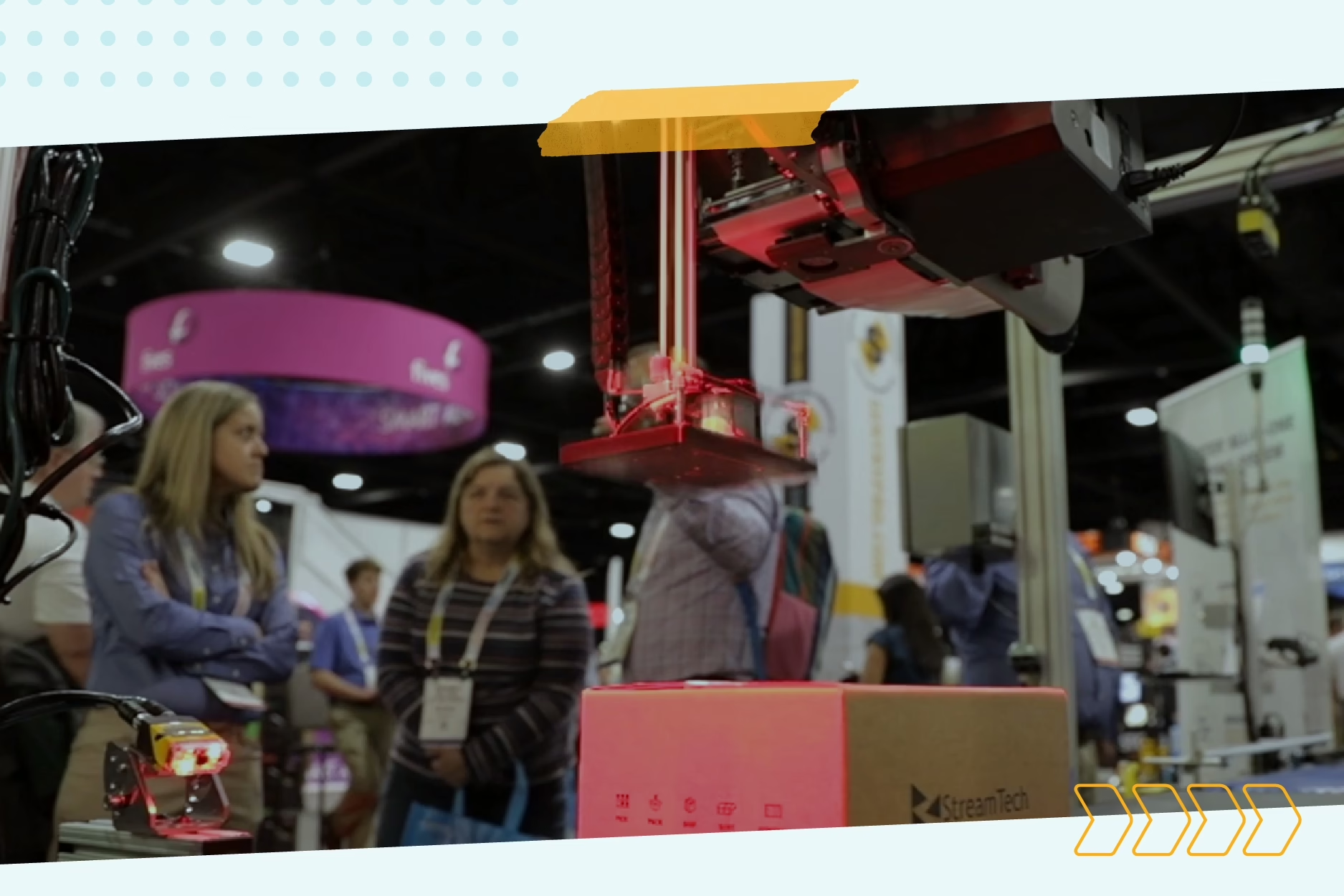 Print & Apply
Print & ApplyMastering SLAM: Automating High-Volume Fulfillment
-
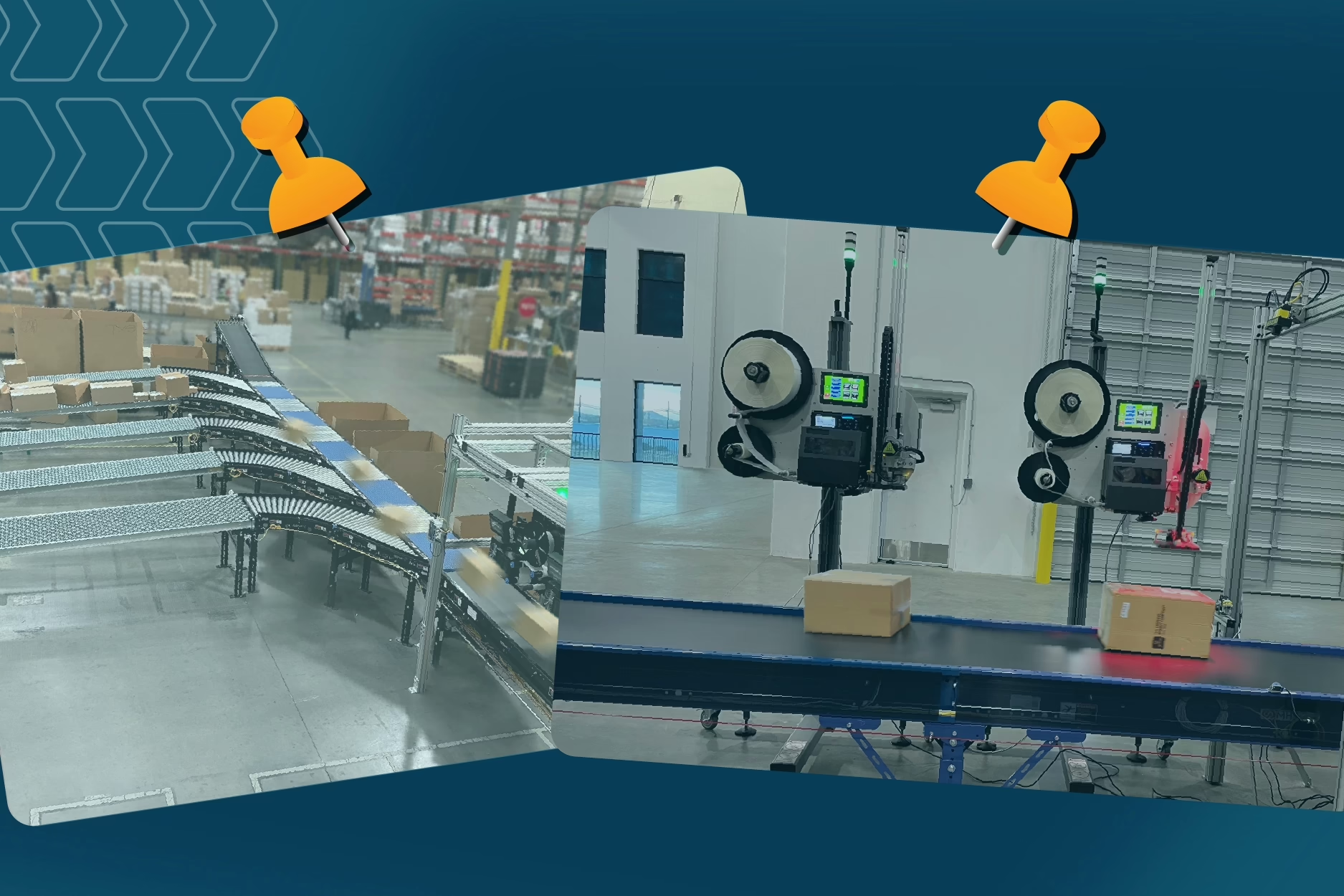 Best Practices
Best PracticesIs Your Warehouse Ready For Fulfillment Automation? Key Indicators To Watch
-
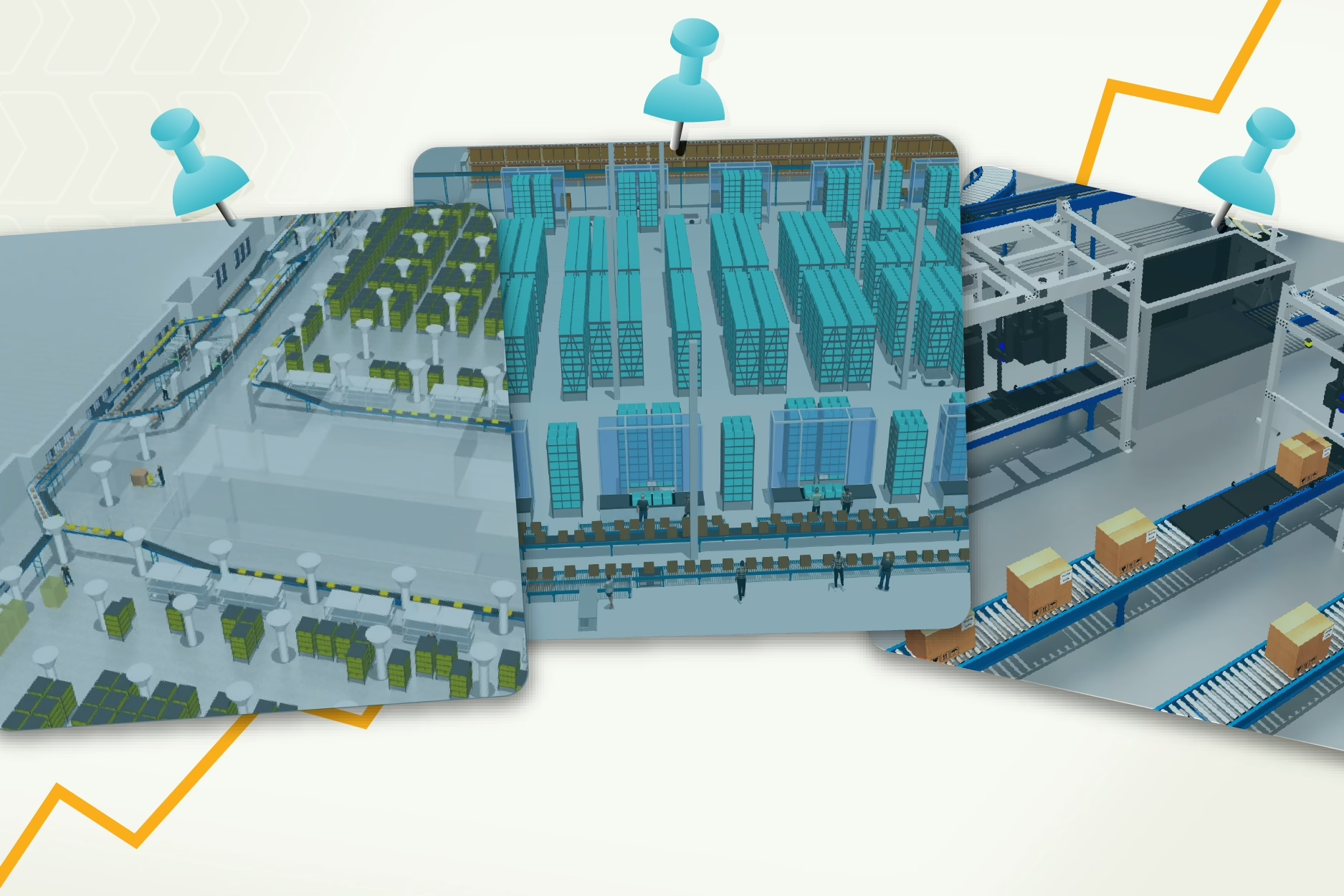 Trends
TrendsWarehouse Fulfillment Automation Trends To Watch In 2025
-
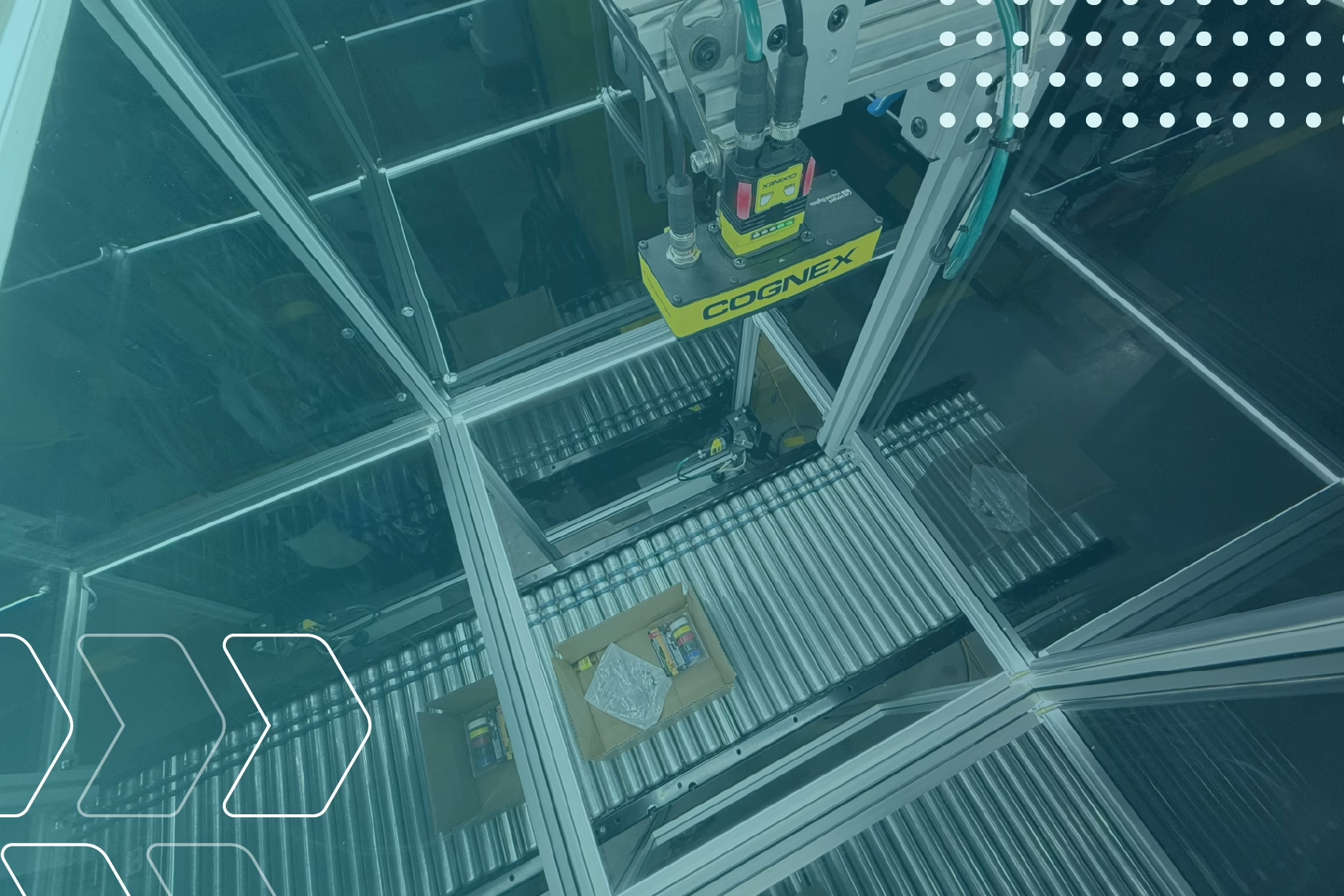 Technology
TechnologyHow Image-To-Order Capture Provides Accountability For Outbound Fulfillment
-
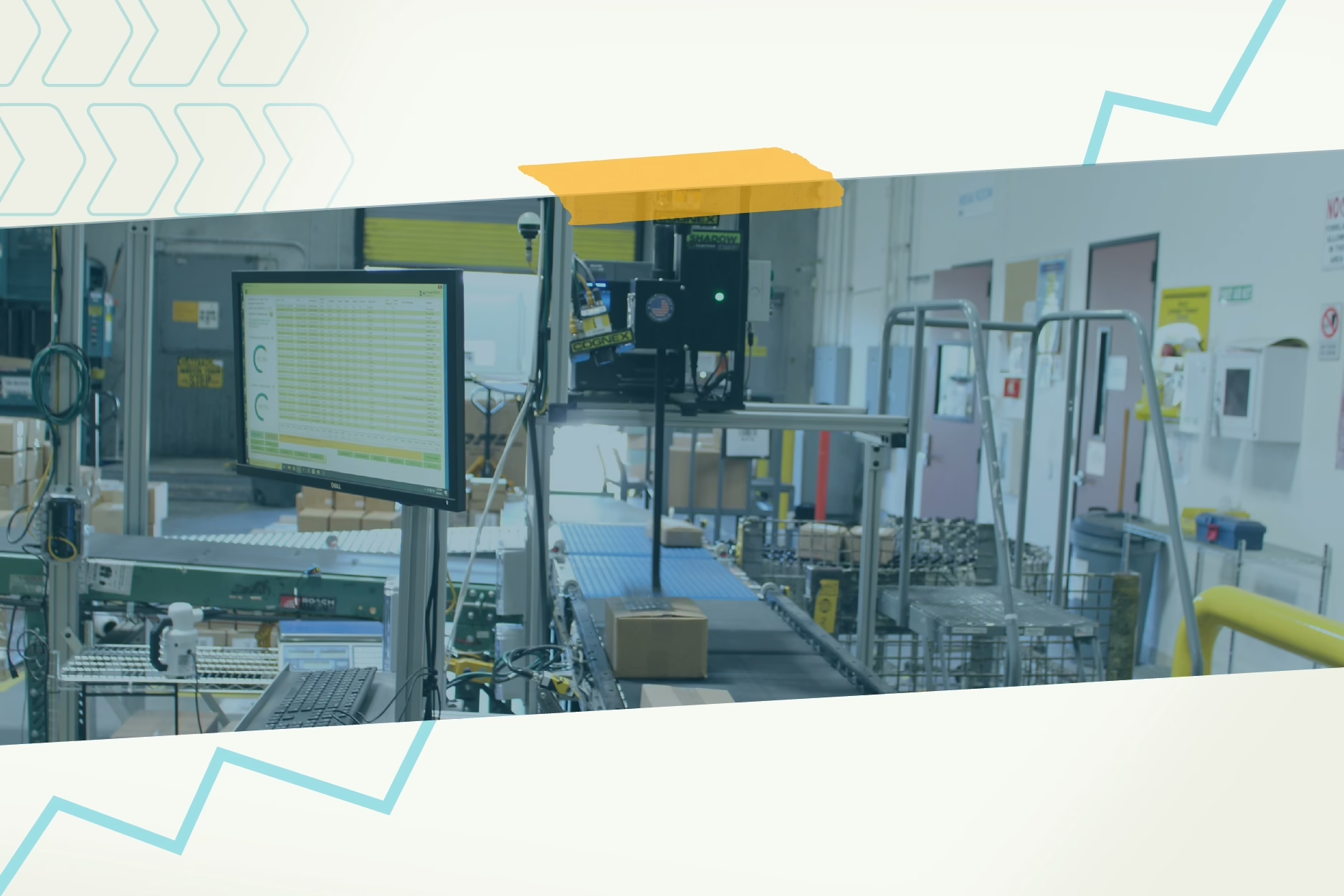 Education
EducationThe Warehouse Metrics You’ll Need for Your Peak Season Post-mortem
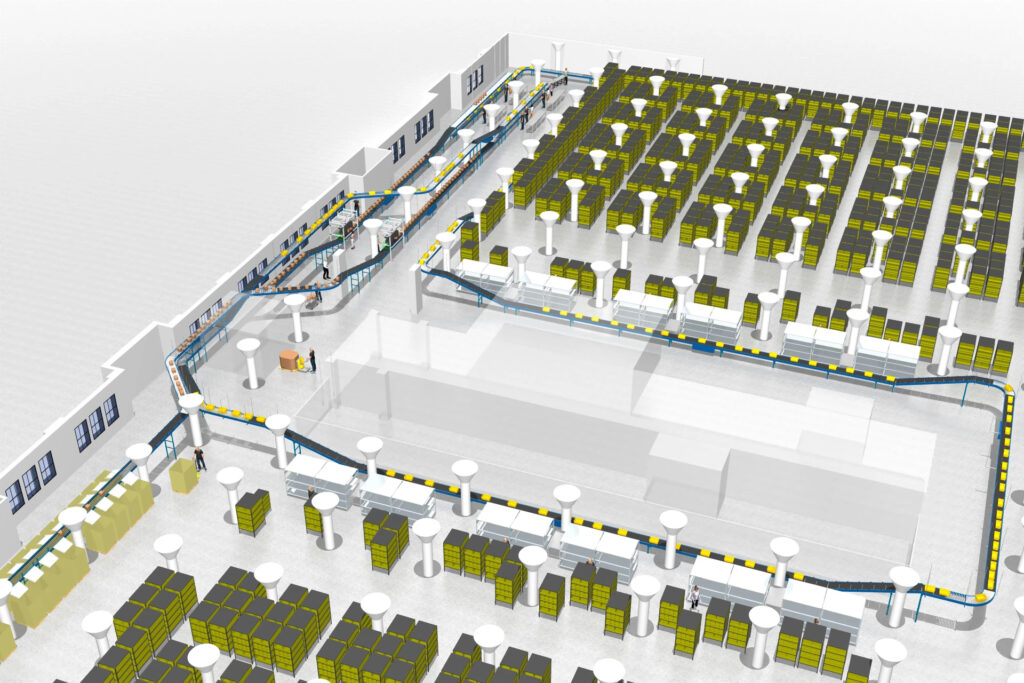
Ready for Automation?
Share your fulfillment challenge with us and we’ll design a custom solution for your business before you sign a contract
"*" indicates required fields
